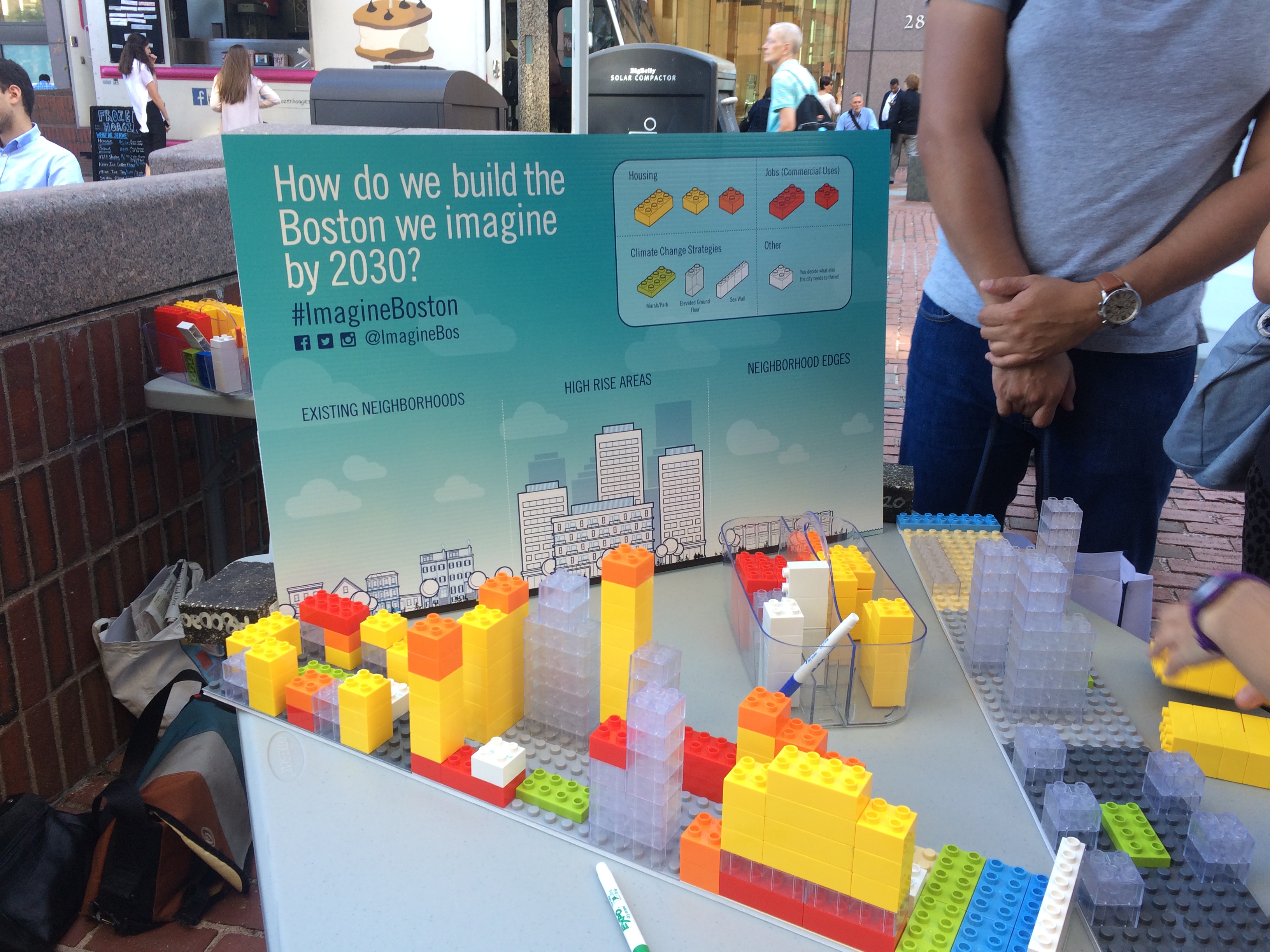
It’s been three weeks since we released the 2014 Climate Action Plan, so it seems like the perfect time to pick up where we left off and continue breaking down the sections of the Plan. Next up, Climate Preparedness.
Boston’s Climate Action Plan is about more than just reducing greenhouse gas emissions. We’ve had too many near-miss major flood events and experienced enough heat waves to know that we can’t avoid climate change all together. While it might not feel like it today, the earth is getting warmer, and Boston must play its role in both reducing global emissions and preparing for the unavoidable impacts of climate change. But this isn’t about doom and gloom–it’s about the big opportunities like increasing community resilience, social equity, public health and safety, and increasing collaboration as we prepare for climate change.
The first set of strategies look at how climate change impacts can be incorporated into citywide planning efforts, such as transportation, housing, and new development reviews. Climate impacts cross-jurisdictional boundaries, which means we need coordination between city, state, and regional agencies. To advance this issue, the city will be hosting a Metro Mayor’s Summit on regional climate preparedness this spring.
While the City and other government partners prepare infrastructure and implement policies, the community must also be engaged and taking action. This will help ensure that local priorities are reflected in City actions and residents and businesses are empowered to take action at home and at work.
Climate preparedness strategies also include expanding green infrastructure–which includes trees, green roofs, permeable pavement, green alleys, parklets, rain gardens, and urban agriculture. Green infrastructure helps us better manage stormwater, reduce the urban heat island effect, and improve air quality.
Finally, preparedness also means focusing on energy efficiency and distributed energy. Distributed energy is smaller scale power sources located near or produced at the point where electricity is consumed (such as at a home or office building). These strategies not only reduce the city’s greenhouse gas emissions, but make the city less reliant on the larger and more vulnerable energy grid. When a storm or heatwave takes down the larger power grid, a distributed energy generation system would be able to keep the lights on for its users.
Check out the Plan’s website to see just how Boston is already making progress on many of these actions. Stay tuned for next week, as we explore the next section of the Climate Action Plan, Transportation


Recent Comments